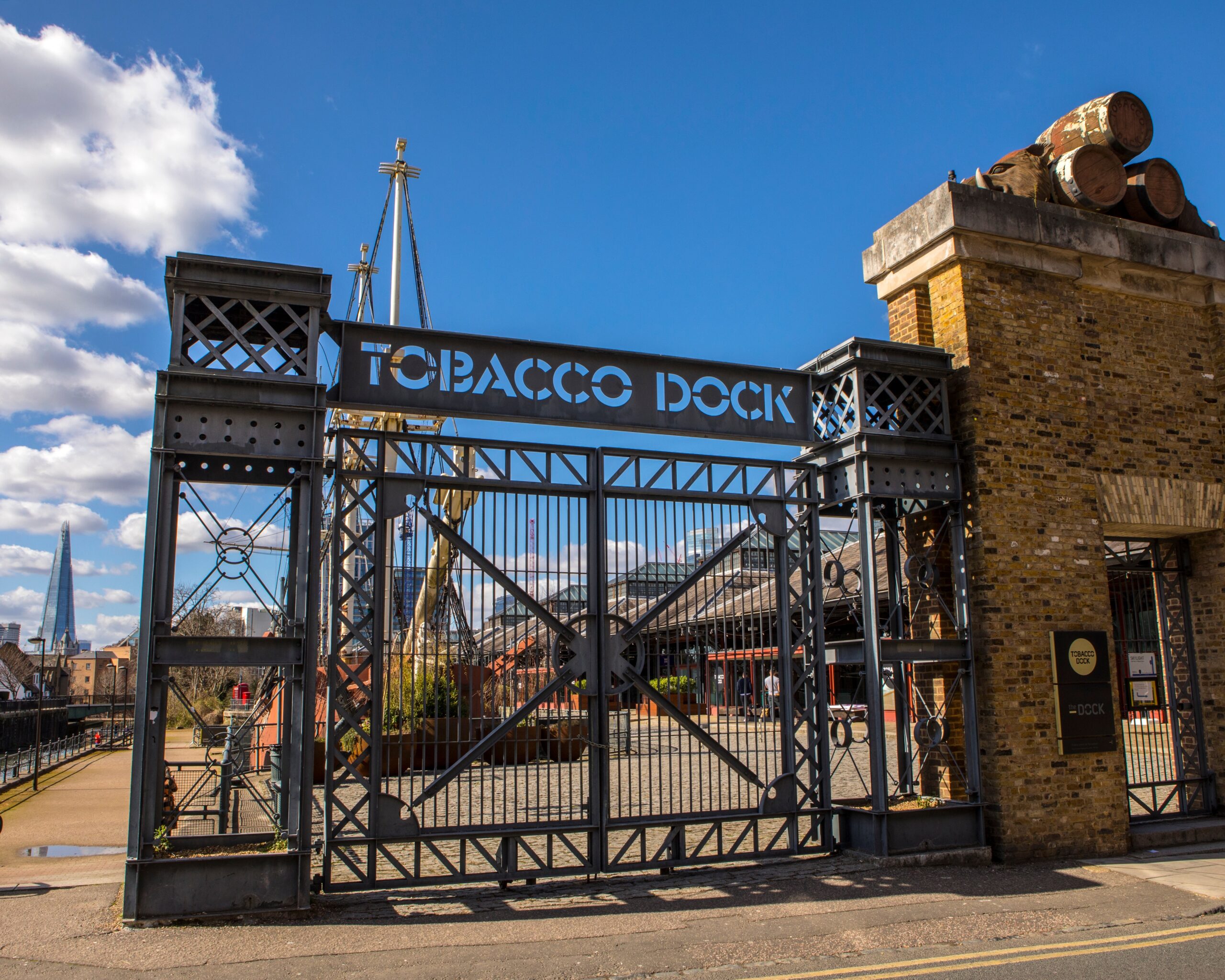You can tell how proud an area is of itself by the way its institutions carry its name. In south-west London, putting “Battersea” into your title adds something special.
Most famously, the Art Deco landmark Battersea Power Station is being transformed as part of a new riverside quarter with homes designed by some of the world’s leading architects.
With its four distinctive chimneys, the power station — and a huge inflatable pig —featured on Pink Floyd’s tenth studio album, Animals, in 1977. Soon it will be home to Apple in London and will contain some of the most desirable apartments on the planet.
In 1997, with the still derelict power station owned by Hong Kong developer Parkview, Michael Jackson took a tour with a view to creating a ‘self-contained fantasy centre’. Other proposed uses for the building have included a football ground, cinema, casino, mosque, museum, gallery, Noddy theme park, ‘urban ruin’ and racecourse.
Battersea Park is one of London’s loveliest parks. In 2004, the 200-acre green space celebrated an £11 million Heritage Lottery-funded makeover that saw the restoration of the Festival Gardens, including the spectacular fountains which were built as part of the Festival of Britain in 1951.
The park has a boating lake, children’s zoo and playgrounds, a bandstand, an art gallery and cafés.
Battersea Dogs & Cats Home rescues 7,000 animals a year and prides itself on never turning away a creature in need. Since it opened in 1860, more than three million animals have found a safe haven in its kennels or cattery.
Battersea Bridge, which links Battersea with Chelsea’s Beaufort Street was designed by renowned civil engineer, Joseph Bazalgette. It opened in 1890, replacing a wooden bridge that inspired paintings by Turner, Pissarro, Cotman and Whistler.
Now there is even a Battersea Brewery, a microbrewery and tap room based in one of the restored railway arches next to Battersea Power Station.
Chelsea Barracks certainly has a history to rival the best of them in London. Originally designed in 1855 by architect George Morgan, Chelsea Barracks was the first army development not carried out by the Royal Engineers. Construction started in 1860, having gained the royal seal of approval from Queen Victoria, and was completed in 1861.
Over its lifetime, the barracks housed four companies of guards, right up until the early 21st century when they were demolished.
Chelsea Barracks remained operational until 2007, when the final troops left the site.
Qatari Diar, a subsidiary of the Qatar Investment Authority, purchased it for nearly £1 billion in 2007 as part of a joint venture, before subsequently acquiring 100% of the site. It quickly decided to turn it into London’s latest luxury scheme and soon submitted proposals to this end.


